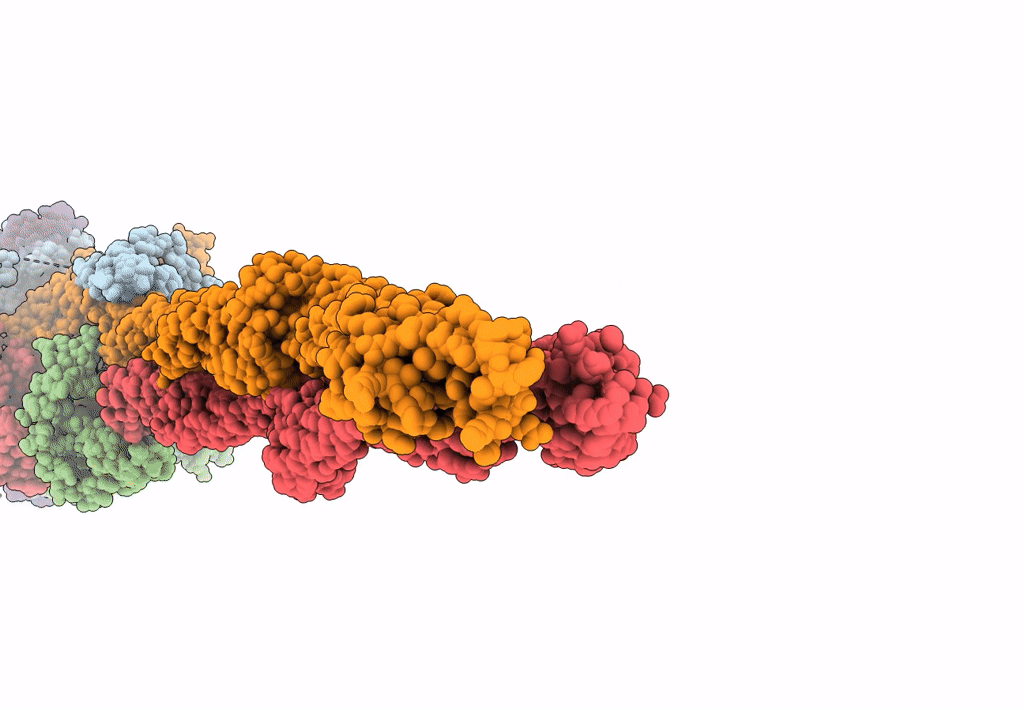
Deposition Date
2022-05-03
Release Date
2023-01-11
Last Version Date
2023-12-13
Entry Detail
PDB ID:
7ZR1
Keywords:
Title:
Chaetomium thermophilum Mre11-Rad50-Nbs1 complex bound to ATPyS (composite structure)
Biological Source:
Source Organism:
Thermochaetoides thermophila (Taxon ID: 759272)
Thermochaetoides thermophila (Taxon ID: 209285)
Thermochaetoides thermophila (Taxon ID: 209285)
Host Organism:
Method Details:
Experimental Method:
Resolution:
4.00 Å
Aggregation State:
PARTICLE
Reconstruction Method:
SINGLE PARTICLE


